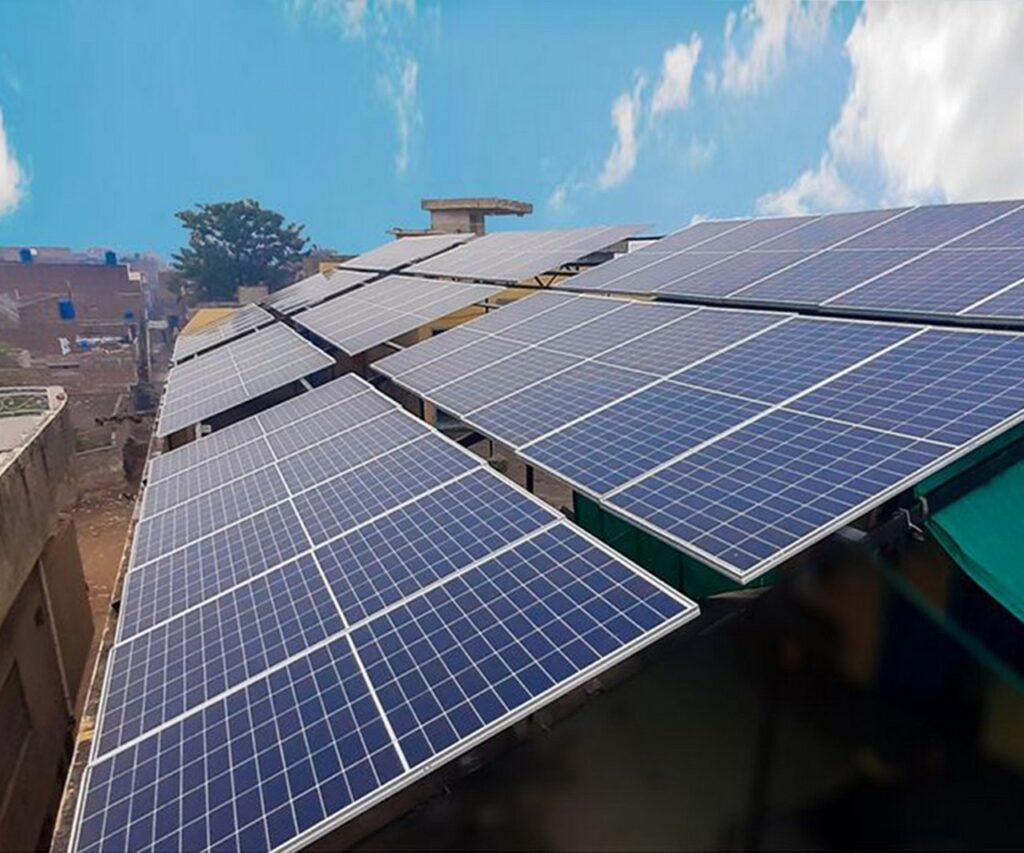Microinverters: Revolutionizing the Solar Industry
In recent years, the solar industry has seen a significant shift towards the use of microinverters. These small devices are revolutionizing the way we generate and use solar power. In this article, we will explore what microinverters are, how they work, and the benefits they offer.
What are Microinverters?
A microinverter is a small device that converts the DC (direct current) electricity generated by a solar panel into AC (alternating current) electricity that can be used in your home or business. Unlike traditional inverters, which are typically installed in a central location and handle the output of multiple solar panels, microinverters are installed on each individual solar panel.
How do Microinverters Work?
When sunlight hits a solar panel, it generates DC electricity. This DC electricity is then sent to the microinverter, which converts it into AC electricity that can be used in your home or business. The microinverter then sends this AC electricity to your electrical panel, where it is distributed throughout your home or business.
Benefits of Microinverters
1. Increased Efficiency: Microinverters are more efficient than traditional inverters because they allow each solar panel to operate independently. This means that if one panel is shaded or not working properly, it will not affect the performance of the other panels.
2. Improved Monitoring: Microinverters allow for real-time monitoring of each individual solar panel. This means that if there is a problem with a panel, it can be identified and fixed quickly.
3. Easy Installation: Microinverters are easy to install because they are installed on each individual solar panel. This means that there is no need for a central inverter or complex wiring.
4. Increased Safety: Because microinverters operate at a lower voltage than traditional inverters, they are safer to install and use.
5. Greater Flexibility: Microinverters allow for greater flexibility in system design. This means that solar panels can be installed in different orientations and locations, which can help maximize the amount of energy generated.
Conclusion
Microinverters are revolutionizing the solar industry by increasing efficiency, improving monitoring, and offering greater flexibility in system design. They are also easy to install and offer increased safety. As more and more people turn to solar power, microinverters will play an increasingly important role in making solar energy more accessible and affordable.

